We all want to be as safe as possible on the road, so it’s no surprise that car companies are constantly striving to pack as much safety equipment into their cars as possible.
Gone are the days of airbags and ABS being the headline safety features; today’s cars have some seriously cutting-edge technology to either reduce the severity of a crash or even prevent it in the first place.
It’s not just the most expensive cars that you’ll be safest in, either. Granted, in the past, flagship models like the Mercedes-Benz S-Class showcased brands’ latest and greatest technology, but these features quickly filter down to everyday models that more people spend their money on. This means you can get some impressive safety kit on small, relatively inexpensive cars.
We firmly believe you shouldn’t have to pay more to be safer on the road, and the work of crash test organisation Euro NCAP has helped prioritise safety among manufacturers. In fact, more than half of new cars sold in the UK in 2015 were fitted with some form of safety-improving autonomous technology, and this number is only going to grow in future.
The influence of Euro NCAP
Euro NCAP has been assessing new car safety since 1996, with the first results being released in 1997. Since then, the tests have been updated regularly, encouraging manufacturers to constantly improve their cars’ safety.
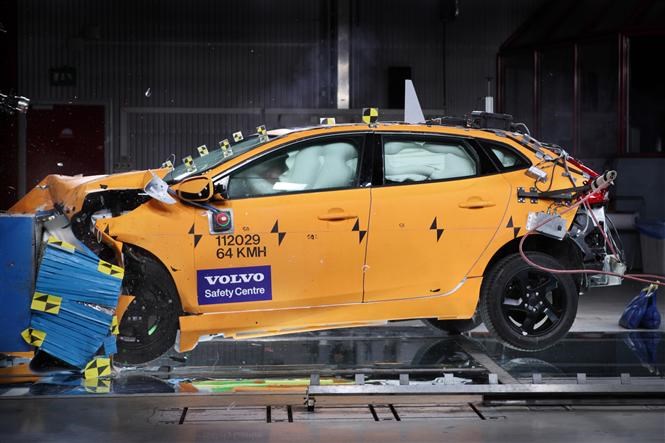
More recently, Euro NCAP has started testing safety assistance technology. This has led to some cars’ ratings diving as a result of some equipment not being fitted as standard, so a dual rating is now available – one for a standard version of a car, and another for a model that features a safety pack or extra optional safety equipment.
For example, the Suzuki Baleno hatchback is one of the more recent models tested by Euro NCAP. In standard form, it scores three stars for crash safety, but gains an extra star if fitted with a safety pack, which includes radar brake support that alerts the driver to potential crashes or applies the brakes if the driver isn’t quick enough to respond.
Safety equipment we’re expecting to see more often
Autonomous technology
In the case of Mercedes, it’s the mid-range E-Class that debuts the latest generation of safety tech, which makes it one of the most intelligent cars with semi-autonomous technology currently on sale.
If you specify the Driving Assistance Plus package for £1,695, the E-Class can almost drive itself. Not only will it adapt to the car in front’s speed via the adaptive cruise control like many other cars, but it can slow down and drive itself in queuing traffic, assist the driver in swerving to avoid a crash and keep the car in its lane. You can already get this sort of kit on other Mercedes models, but the E-Class takes it a step further and we predict that it won’t take long for this newer package to become available across other cars in the Mercedes range.
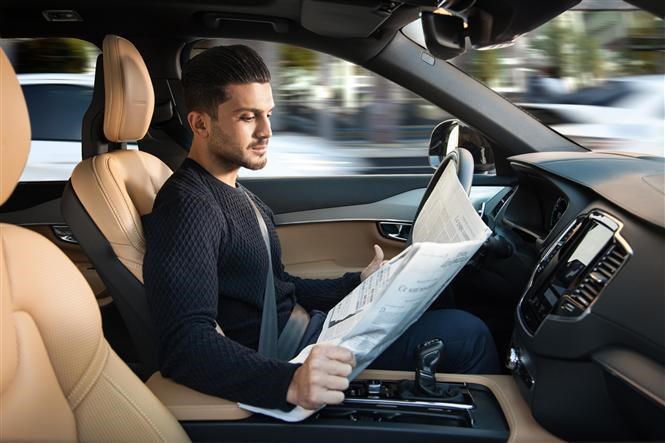
This section wouldn’t be complete without a mention of Tesla’s autopilot function, available on the Model S electric car. The Model S has the usual adaptive cruise control systems that many cars now feature, but it can also keep itself in a lane and even change lanes if you ask it to.
It constantly sends status updates back to the firm’s HQ, too, with new features becoming available via software updates, so the safety of a Tesla should be constantly improving as the car’s life goes on and technology becomes more advanced. It wouldn’t surprise us if these methods of improvement start to become more widespread throughout the car industry.
Braking systems
Autonomous emergency braking – or AEB – is probably one of the most common bits of advanced safety kit that’s become widely available on new cars in the last few years.
It’s a piece of tech that Euro NCAP actively tests, so it’s little wonder it’s available on pretty much every new car – a car won’t get five stars unless it’s got AEB fitted.
Warning systems
As a way of preventing as many traffic incidents as possible, car companies are fitting a huge variety of warning systems to new cars.
The latest Volvo XC90, for example, can detect pedestrians and cyclists, it monitors the car’s blind spots and also scans the road ahead to assess if a collision is about to happen via a combination of radar, sensors and cameras. If it needs to, the car can put on the brakes to avoid an incident.
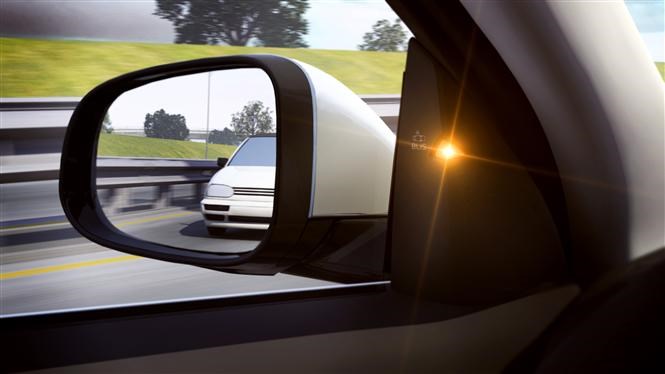
This sort of kit isn’t just the reserve of high-end Volvos, though – you can get blind-spot monitoring on small cars like the Mazda 2 supermini, while something like the SEAT Leon can actively keep the car in its lane if you start to drift over the lines without indicating, for example.
It’s this kind of trend – warning systems that evolve into systems that actively assist the driver – that we’re expecting to become more commonplace in the not-too-distant future.
Advanced LED/laser lighting technology
Not content with glitzy LED daytime running lights, a lot of manufacturers are rolling out the next generation of advanced lighting technology. Bright xenon lights are more common than ever and LED technology is becoming widely available, too, providing brighter light and less glare for oncoming drivers.
BMW has gone one step further with the latest 7 Series luxury saloon, though, debuting laser lights. They feature LED lights for normal conditions, but when the automatic high beam is in use above 45mph, laser technology in the headlight unit sends the beam twice as far as a standard LED headlight.
This, in combination with the automatic high beam assistant, means you don’t need to do a thing; oncoming traffic won’t be dazzled because it adapts to the surroundings and oncoming traffic automatically. We expect this lighting option to become available elsewhere in the BMW range pretty soon.
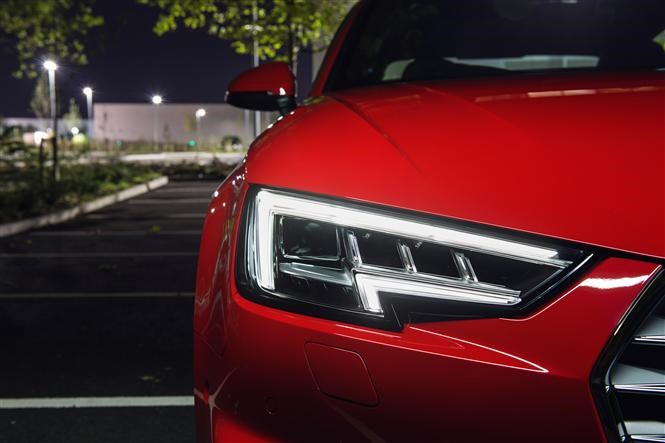
Audi is at it, too. Its Matrix LED lights adapt to oncoming traffic just like BMW’s (and many others) and are now available on a number of its new cars, while Vauxhall has introduced its own take on the system – named Intellilux LED – on the latest Astra. How long can it be until the Vauxhall Corsa features them?
Crash detection
In combination with a lot of the systems mentioned above, cars are becoming increasingly capable of sensing that a crash is about to happen, with some preparing the car for impact if it can’t actively avoid it.
Mercedes has a pre-crash detection system that holds the brakes on when it senses an impending collision, plus the front occupants in some models are protected in a side impact by pumping up the seat bolsters to reduce the risk of passengers being injured.
Volkswagen has a similar system in cars as small as the Polo, whereby the brakes are applied if the car is crashed into from behind.
What else are we going to see?
Autonomous driving trials
Autonomous and semi-autonomous technology is not only making life easier for drivers, but it’s also contributing to enhanced car safety credentials. With that in mind, trials are being rolled out across the world, with some taking place right on our doorstep across the UK.
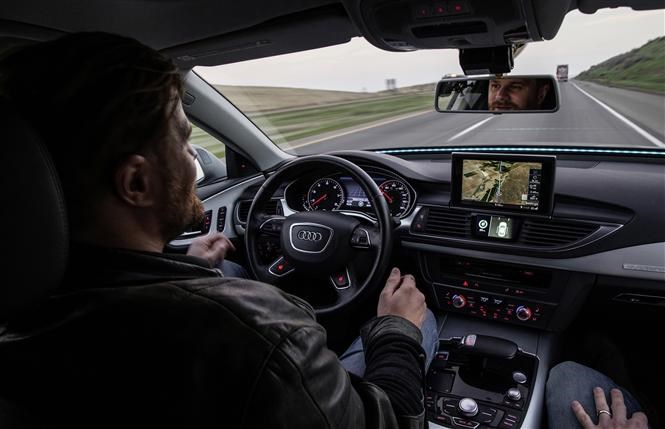
Starting in 2017, Volvo will be conducting autonomous driving trials with real-life families to see how they self-driving vehicles can integrate into everyday life and, subsequently, make the roads safer, while a handful of towns and cities across the UK are beginning driverless car trials to help develop infrastructure and connected car technology.
Connected cars
Another aspect that still seems like something from deep into the future, but is just around the corner, is car-to-car communication and also “car-to-X” communication. This is essentially a network of cars talking to each other, but also talking to infrastructure and informing the driver and vehicle of any hazards approaching so preparations can be made by the driver and the car’s safety systems.
Trials of this kind of system are about to happen in the UK, with Jaguar Land Rover taking part in a scheme that will test car-to-car communication, as well as a variation of car-to-X communications that will feed warnings to other connected cars on a dedicated ‘connected corridor’ in the Midlands.
Safest cars on sale today
Some of the equipment we’ve mentioned is available as standard or as optional extras on a number of cars currently on sale in the UK, so you don’t have to wait to get a car with supreme safety credentials.
For a long time, the Volvo V40 hatchback was the safest car on sale, until it was dethroned by one of its own, the latest XC90. Volvo has forged a strong reputation in this area, not only by pioneering the three-point seatbelt in 1959, but also by setting itself the bold target that, by 2020, nobody will be killed or seriously injured in one of its cars.
Despite its small size, the Volvo V40 packs a punch when it comes to safety. Things like automatic city braking, a vast number of airbags and even an under-bonnet airbag system all contributed to its stellar performance when Euro NCAP tested it in 2012, gaining a 100 percent result in the safety assist category.
The XC90 builds on this with the same low-speed braking systems that can also detect pedestrians and cyclists, it can spot oncoming traffic at more complex junctions such as crossroads, and it can also sense if the car is about to leave the road – it then tightens the seatbelts to keep the occupants as safe as possible.
These are just two of the safest cars currently on sale, with plenty of others boasting five-star Euro NCAP safety ratings and a raft of advanced driver assistance and safety technology.
Some of the more innovative and high-tech safety kit won’t be widely available at an affordable price just yet, but it won’t be long until it’s within everyone’s reach.



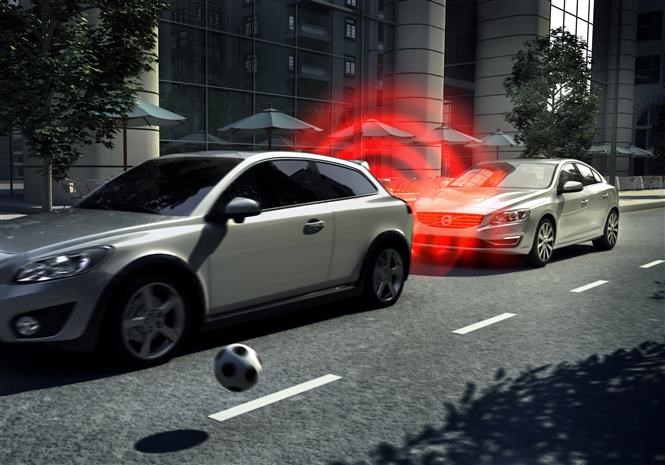


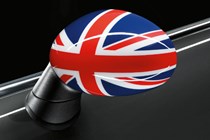

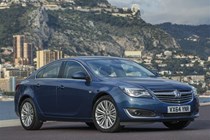
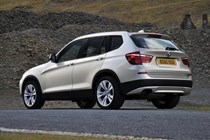
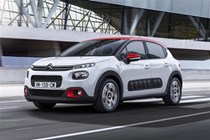
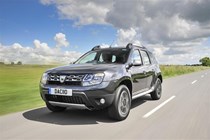
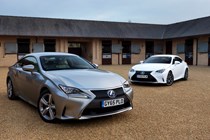
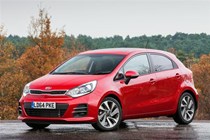
.jpg)










.jpg?quality=50)